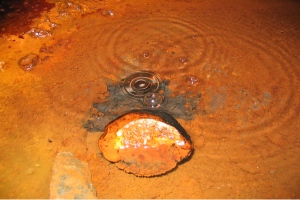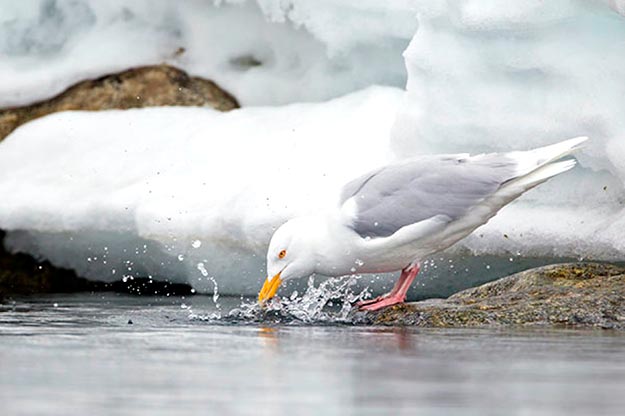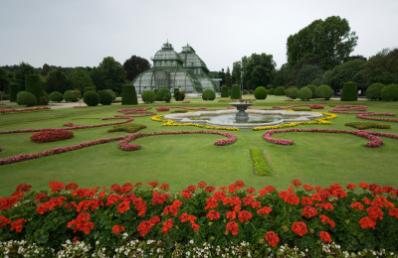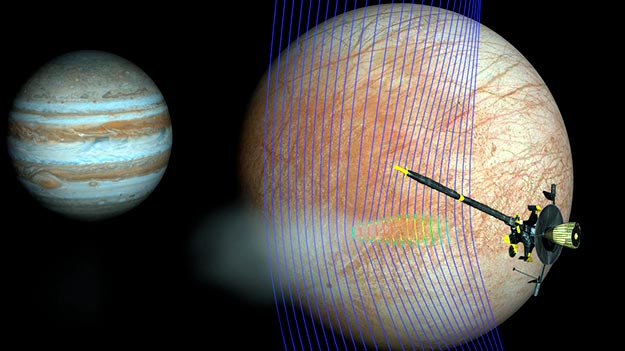Water filtering out of the floor of a deep Ontario mine has been trapped underground for more than a billion years. It bubbles with gasses carrying nutrients that could sustain microbial life.

Water filtering out of the floor of a deep Ontario mine has been trapped underground for more than a billion years. It bubbles with gasses carrying nutrients that could sustain microbial life.
Scientists working 2.4 kilometres below Earth’s surface in a Canadian mine have tapped a source of water that has remained isolated for at least a billion years. The researchers say they do not yet know whether anything has been living in it all this time, but the water contains high levels of methane and hydrogen — the right stuff to support life.
Micrometre-scale pockets in minerals billions of years old can hold water that was trapped during the minerals’ formation. But no source of free-flowing water passing through interconnected cracks or pores in Earth’s crust has previously been shown to have stayed isolated for more than tens of millions of years. Read more











